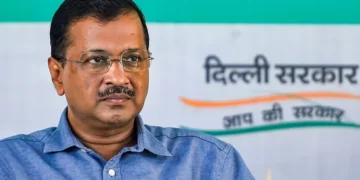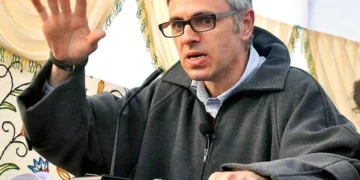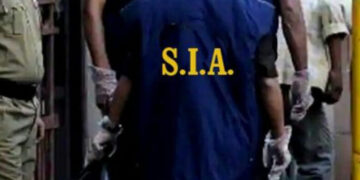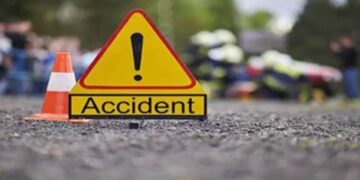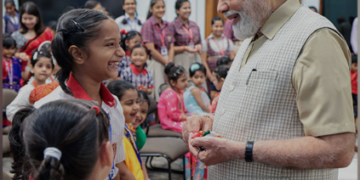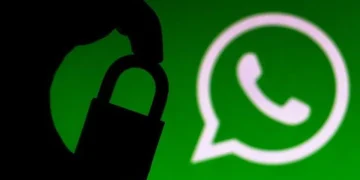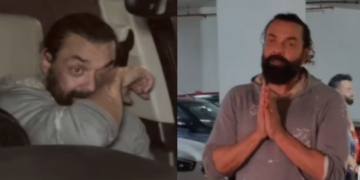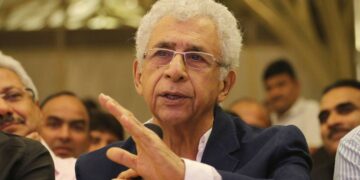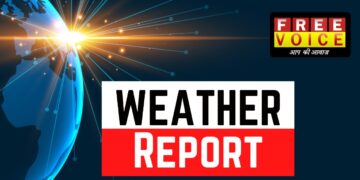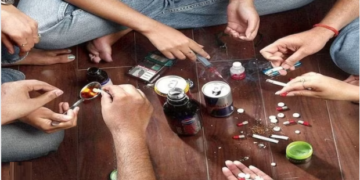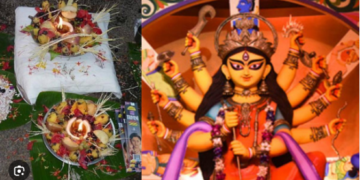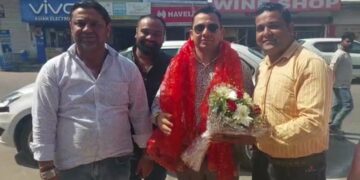rom reaching out to religious leaders for support to using choppers, boats and ropeways for ferrying vaccines and vaccinators, authorities in India’s hill states are going the extra mile to provide a booster shot to the ongoing Covid-19 inoculation drive that faces several odds in high-altitude areas.
Tough terrains, inclement weather and vaccine hesitancy are the primary challenges for health officials in states and Union Territories (UTs) such as Himachal Pradesh, Uttarakhand, Ladakh, and Jammu and Kashmir in the north, and Meghalaya in the northeast. In Meghalaya, officials are also facing challenges due to the prevalence of several local dialects — which are making effective messaging tough.
In these states/UTs, vaccinators are walking several miles and taking boat rides to reach beneficiaries. In one instance, an inoculation camp was set up in the middle of a wildlife sanctuary.
In a challenging task, health teams often have to manually jot down the details of thousands of beneficiaries after a day’s vaccination drive due to erratic mobile and internet connectivity in remote areas of the hill states. This data is uploaded on the central CoWin portal once the team returns to areas with better internet connectivity.
In Himachal Pradesh — which has become India’s first state to administer the first dose of vaccine to all eligible people — health officials travelled 20 kilometres over four-five hours to reach vaccination camps in the remote village of Baloth.
Then, vaccination teams reached Bhutan Pomail village by boat due to the lack of road connectivity. And they set up a camp for a bedridden patient in Hillotwan in the middle of a wildlife sanctuary; it required a trek of 10 kilometers to reach there.
Officials in Uttarakhand, which has achieved around 87% coverage for the first dose, had similar experiences. In some areas where road connectivity is poor, elder beneficiaries are being brought to vaccinaton camps on wooden chairs (known as doli), which are carried by young men on their shoulders.
“We have achieved 100% coverage in areas with difficult terrains, such as Bageshwar and Rudraprayag. Chamoli and Uttarkashi have almost 100% coverage,” Dr Kuldeep Singh Martolia, officer, National Health Mission (Uttarakhand), said.
In Kashmir, several districts are running tailor-made campaigns to administer jabs at night.
“The idea is to finish the second dose before the arrival of winter, when many districts will become inaccessible. For instance, in Gurez we are running campaigns at night. It is when the breadearners of a family are also at home. We can ensure that no one has missed the vaccine dose,” a government official, who is involved in the vaccination campaign, said on condition of anonymity.
In Ladakh, the challenges were not too many, another official who is part of the Union Territory’s vaccination drive SAID.
“…the population here is less scattered and very much accessible. There was no vaccine hesitancy. This helped us become the first UT to achieve 100% coverage of the first dose.”
But, at times, maintaining the standard storage temperature of vaccines (2 to 8 degrees Celsius) becomes a challenge due to the mercury often plunging to sub-zero levels in many parts of the region.
n Meghalaya, state officials are facing obstacles with monsoon rains making some areas inaccessible. Then there is a big communication challenge cropping up from the prevalence of several local dialectsm
The state has administered the first dose to over 50% of its eligible population. “People in Mizoram speak Mizo. In Assam they speak Assamese. In Arunachal Pradesh, the majority also speak Hindi. But here in Meghalaya, we have various dialects, which block communication strategies,” said an official based in the state who is working closely with vaccination teams.


